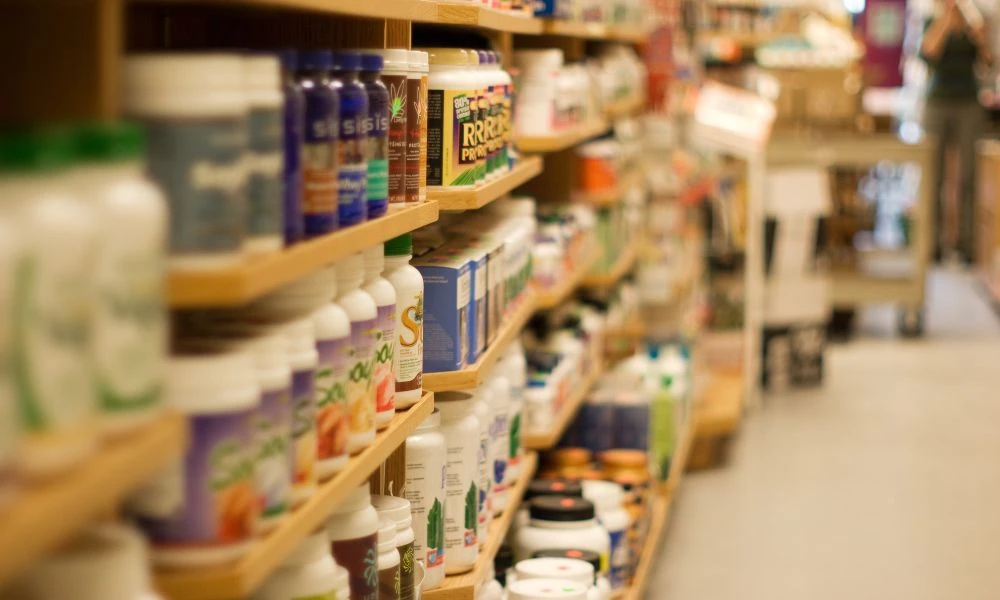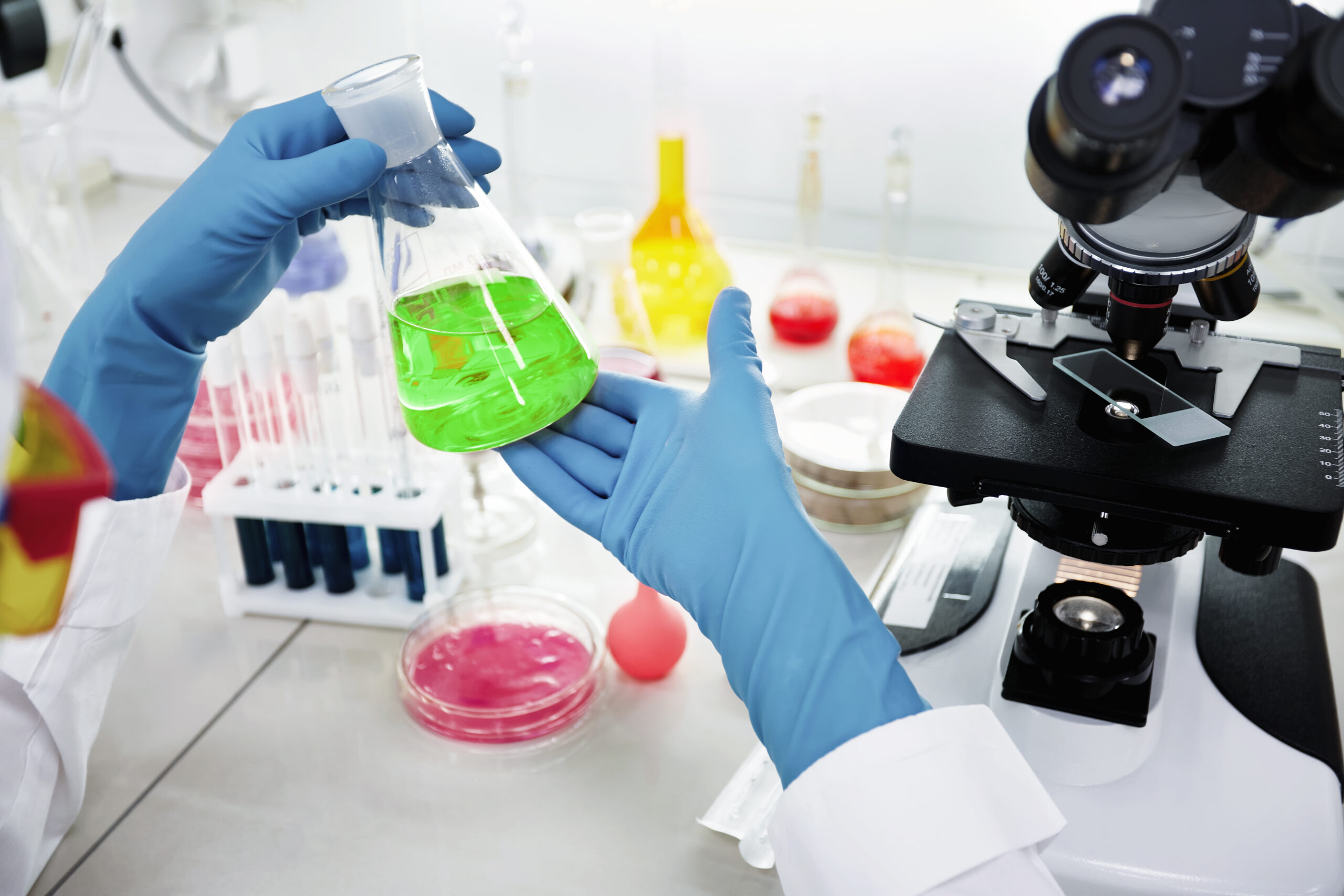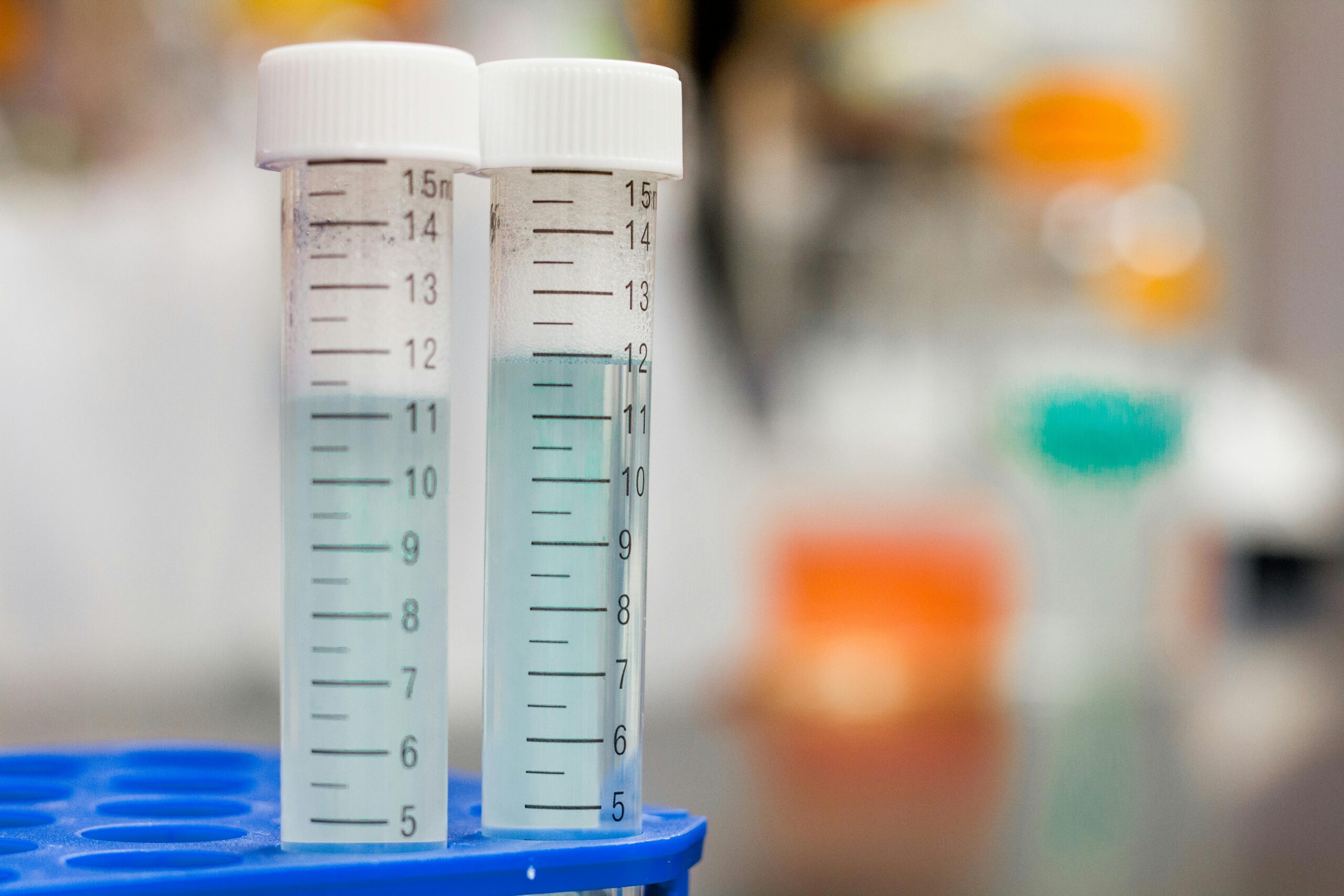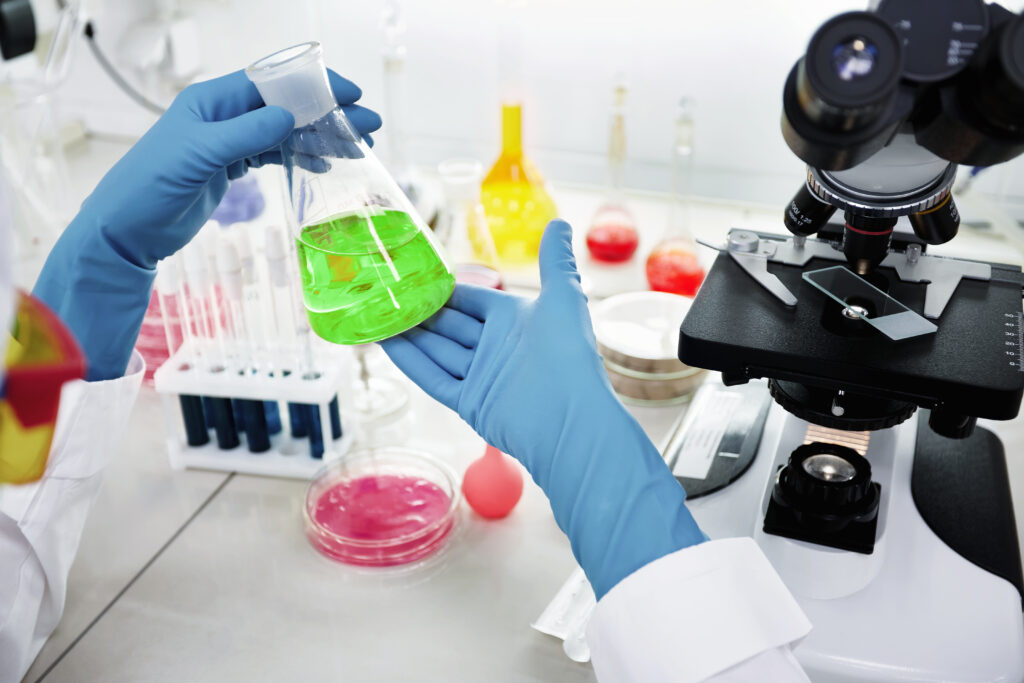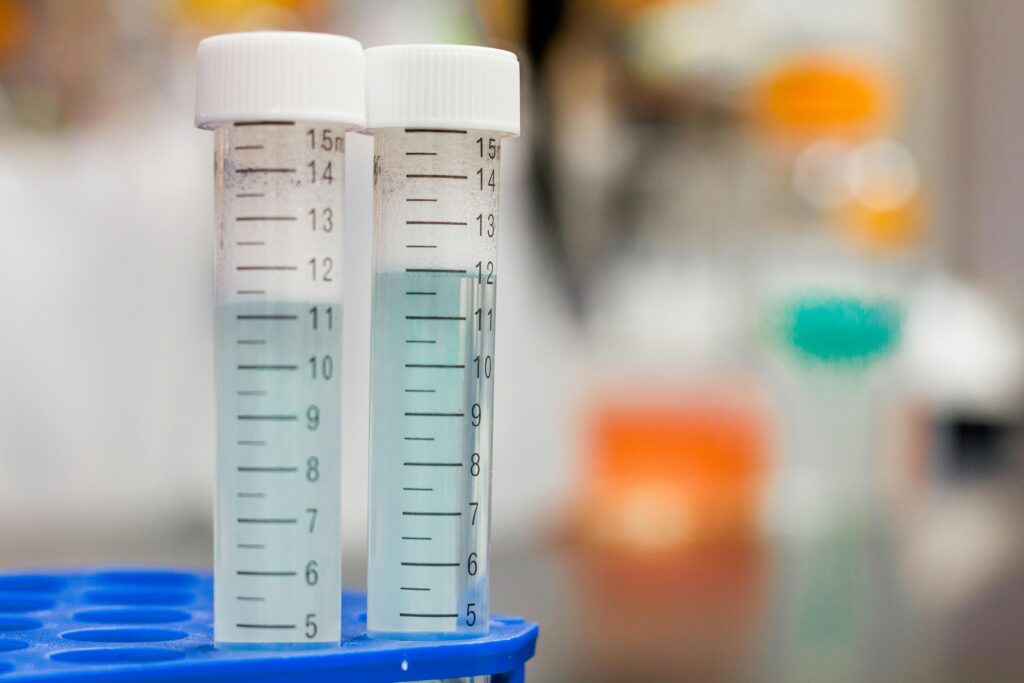In the product manufacturing and distribution landscape, maintaining high-quality standards is essential in the intricate landscape of product manufacturing and distribution. At the core of a robust quality assurance process is “Product Shelf Life Testing and Analysis.”
This practice serves as a crucial framework for evaluating product longevity, safety, and overall quality. Manufacturers can determine optimal storage conditions and identify potential weaknesses by systematically assessing various factors impacting product integrity over time.
This rigorous testing ensures product quality and builds trust with consumers, fostering success in the competitive market.
This comprehensive guide aims to unravel the significance of product shelf life testing, incorporating crucial keywords such as shelf life analysis, product stability testing, food product expiration, quality assurance testing, etc.
Why Product Shelf Life Testing Matters
Product shelf life testing, encompassing shelf life analysis, is an indispensable part of quality assurance for manufacturers, retailers, and consumers. It ensures that a product maintains its intended functionality, quality, and safety throughout its shelf life.
Let’s explore the significance of shelf life testing and its various components:
Quality Assurance Testing:
Quality assurance testing, an integral part of shelf life analysis, ensures that products consistently meet expected standards throughout their shelf life. This is crucial in the pharmaceuticals, cosmetics, and food industries, where product quality directly impacts consumer satisfaction and safety.
In pharmaceuticals, it guarantees medication potency and safety. In cosmetics, it maintains promised qualities and safety features. In the food industry, it assures taste, freshness, and adherence to stringent safety standards.
This comprehensive approach builds trust between producers and consumers, contributing to the success and reputation of these industries.
Product Stability Testing:
Stability testing protocols are a crucial component of shelf life analysis, providing essential insights into how a product’s stability changes over time. This is particularly vital for sensitive products like pharmaceuticals.
Stability testing ensures that pharmaceuticals maintain their efficacy and safety throughout their shelf life by subjecting products to various conditions. This meticulous examination is essential for other sensitive items, guiding manufacturers in making informed decisions about storage conditions and shelf life expectations.
Stability testing within shelf life analysis ensures precision and consistency in maintaining product quality and integrity.
Food Product Expiration and Freshness Evaluation:
Shelf life analysis encompasses the evaluation of food products’ expiration dates and freshness, playing a vital role in guaranteeing the safety and quality of consumables. This meticulous analysis involves assessing the stability and longevity of food items to ensure they maintain their intended freshness throughout their designated shelf life.
Accurate determination of expiration dates is crucial for preventing the consumption of expired or compromised food items, contributing to consumer safety and satisfaction. Additionally, the evaluation of freshness in shelf life analysis assures that consumables meet expected taste, texture, and nutritional standards, reinforcing the overall quality of food products in the market.
Check out our blog post on the shelf life of food to get more information about the above.
Key Factors Influencing Shelf Life
Shelf life determination involves considering various factors to conduct effective product stability testing:
Packaging Integrity Testing:
Packaging plays a crucial role in shielding products from external factors, and within shelf life analysis, a significant focus is on packaging integrity testing. This testing ensures that products remain uncontaminated throughout their shelf life by assessing the durability and effectiveness of packaging materials, seals, and closures.
The process involves rigorous evaluations to guarantee packaging integrity under varying conditions. By prioritizing packaging integrity testing, manufacturers uphold product quality, safety, and compliance with regulatory standards, reinforcing the reliability of packaging and preserving product quality until it reaches consumers.
Environmental Factors in Shelf Life:
In shelf life analysis, environmental factors like temperature and humidity are crucial considerations. During shelf life testing, these factors are intentionally simulated to predict how a product will behave under diverse conditions.
This proactive testing approach provides manufacturers valuable insights into the product’s stability, helping determine optimal storage conditions and establish accurate expiration dates. Ultimately, simulating environmental factors during shelf life testing ensures the production of reliable and safe products that maintain their integrity across various scenarios.
Accelerated Shelf Life Testing:
Accelerated shelf life testing, including accelerated aging studies, rapidly assesses a product’s stability under extreme conditions. This testing approach is designed to expedite the aging process, mimicking extended periods in a shorter timeframe.
Manufacturers gain valuable insights into potential long-term issues by subjecting the product to harsher conditions than it would typically encounter during regular use or storage.
This method identifies weaknesses or vulnerabilities in the product’s stability, offering a proactive means of addressing potential challenges before they become critical.
Check out our blog post on shelf life testing methods to understand accelerated shelf life testing methods in more detail.
Methods of Product Shelf Life Testing
Understanding the nuances of shelf life determination involves exploring various testing methods:
Shelf Life Extension Strategies:
In the realm of shelf life analysis, a crucial aspect involves formulating strategies to extend a product’s shelf life. This proactive approach is integral to minimizing waste and optimizing resources.
By identifying factors that contribute to product degradation and employing targeted interventions, manufacturers can enhance the stability and longevity of their products. This reduces the likelihood of premature spoilage and aligns with sustainability goals by minimizing unnecessary waste.
Additionally, extending a product’s shelf life has economic benefits, allowing businesses to manage inventory better, reduce production costs, and enhance overall efficiency in the supply chain.
Sensory Evaluation in Shelf Life:
Sensory evaluation plays a crucial role in shelf life analysis, ensuring that a product’s visual, aromatic, taste and textural attributes remain consistent over time. This meticulous process is integral to industries like food and personal care.
It allows manufacturers to deliver products that meet safety and quality standards and provide a consistent sensory experience for consumers. Prioritizing sensory evaluation within shelf life analysis contributes to consumer satisfaction, trust, and the long-term success of products in the market.
Accelerated Degradation Testing:
Accelerated degradation testing is a focused method to uncover potential issues or weaknesses in a product’s stability, particularly under intensified conditions.
Manufacturers can observe the product’s response and degradation by subjecting it to accelerated aging simulations, identifying vulnerabilities that may not be apparent under normal circumstances.
This testing approach is precious for industries where long-term stability is crucial for product reliability and safety. Accelerated degradation testing enables proactive quality control, allowing manufacturers to address concerns before the product reaches consumers.
Also, Check our blog post on Food shelf life testing to get more information regarding this subject.
Industry-specific Applications
Shelf life analysis is pertinent across diverse industries:
Pharmaceutical Industry:
Shelf life analysis is of utmost importance in the pharmaceutical industry to guarantee the continued potency and safety of medications for consumption. This rigorous process ensures that drugs maintain their intended efficacy under specific storage conditions, preventing the distribution of degraded products.
Accurate expiration dates derived from shelf life analysis are crucial for healthcare providers and patients to make informed decisions about medication usage. In the highly regulated pharmaceutical sector, shelf life analysis plays a critical role in upholding the integrity of medications, contributing to overall patient safety and effective healthcare practices.
Food Industry:
In the food industry, shelf life analysis is indispensable for determining the optimal storage conditions and establishing accurate expiration dates for diverse products. This rigorous analysis ensures that food items maintain their intended quality, safety, and freshness throughout their shelf life.
The food industry can enhance quality assurance, comply with regulations, and optimize inventory management by assessing factors like ingredients, packaging, and environmental conditions. Accurate expiration dates derived from shelf life analysis contribute to consumer safety, satisfaction, and food waste reduction, ultimately fostering trust and reliability in the marketplace.
Cosmetics and Personal Care:
In the beauty and personal care industry, shelf life analysis is indispensable for ensuring the quality and safety of products over time. This thorough examination evaluates the stability of cosmetic and personal care items, preventing potential degradation and establishing accurate expiration dates.
Given the direct application of these products to the skin or hair, shelf life analysis is crucial for maintaining efficacy and preventing the use of expired items. Accurate shelf life information enhances consumer safety and instills trust by demonstrating a commitment to quality in the industry.
Overall, shelf life analysis is crucial for preserving the effectiveness and reliability of beauty and personal care products.
Benefits Beyond Quality Assurance
The advantages of shelf life analysis go beyond quality assurance:
Reducing Waste through Shelf Life Prediction:
Accurate shelf life prediction is a powerful tool in reducing premature disposal of products, thereby minimizing waste and lessening the environmental impact. When manufacturers can precisely determine how long a product remains viable and safe for consumption, they can provide more accurate expiration dates.
This, in turn, helps consumers make informed decisions about product usage, reducing the likelihood of discarding items prematurely. By aligning shelf life with the actual longevity of a product, businesses contribute to a significant reduction in waste, fostering sustainability and environmental conservation.
Accurate shelf life prediction benefits the environment and aligns with consumer expectations for responsible and sustainable product practices, enhancing a brand’s reputation and trust.
Optimizing Supply Chain with Shelf Life Validation:
Shelf life validation enhances supply chain planning by providing accurate insights into a product’s longevity. This validation process enables manufacturers and retailers to optimize inventory management, reducing the risks associated with overstock and stockouts.
Businesses can strategically plan their production schedules, distribution, and stocking levels by determining how long a product maintains its quality and safety. This proactive approach minimizes the likelihood of overstocking, preventing unnecessary waste and associated costs.
Simultaneously, it helps avoid stockouts by ensuring that products are available to meet consumer demand throughout their designated shelf life. Overall, shelf life validation proves instrumental in creating a more efficient and responsive supply chain, aligning with market demands and enhancing overall operational effectiveness.
Enhancing Consumer Confidence with Shelf Life Assessment:
Transparent and accurate shelf life assessment is a cornerstone in building consumer trust, ultimately enhancing brand reputation. When manufacturers provide transparent and honest information about a product’s shelf life, consumers feel assured about its quality, safety, and reliability.
This transparency meets regulatory expectations and aligns with consumer expectations for openness and integrity. As a result, brands that prioritize transparent and accurate shelf life assessments are more likely to establish and maintain a positive relationship with their consumer base.
This commitment to honesty and reliability contributes significantly to the brand’s overall reputation in the market, fostering long-term consumer trust and loyalty.
Check out SMS LABS’s shelf life testing services for your businesses and other professional needs.
Conclusion
In conclusion, product shelf life testing and analysis, encompassing shelf life determination, stability testing protocols, and sensory evaluation, are fundamental to product development and quality assurance.
Its role in ensuring safety, complying with regulations, and optimizing supply chains is paramount. As industries evolve, embracing comprehensive shelf-life testing practices becomes a cornerstone of success and consumer satisfaction.
This guide is a roadmap for manufacturers, retailers, and consumers, emphasizing the multifaceted importance of product shelf life testing in the dynamic world of product manufacturing and distribution.

